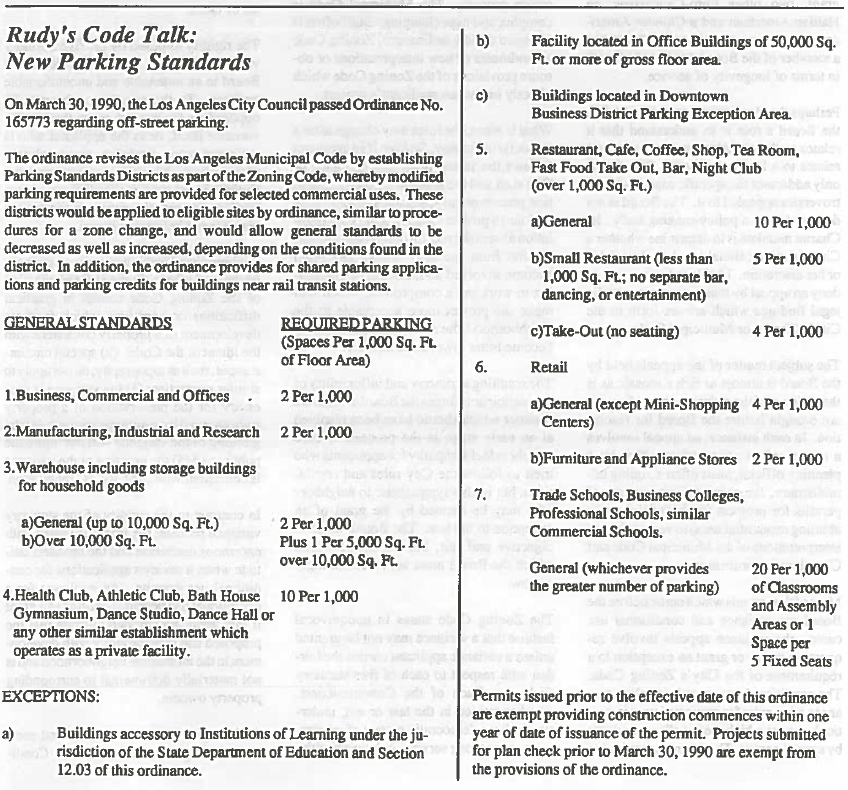There is an assumption that architectural firms can only respond to the land-use and urban planning regulations. Rudolph V. De Chellis, a partner in the architectural firm of O'Leary Terasawa Partners, dispells that myth with how various committees in the American Institute of Architects (AIA) improve the land-use proces in City Hall. It is currently being accomplished through recommendations suggested by AIA subcommittee to City Hall.

"As a member of the Code and Planning Committee of the American Institute of Architects, our duties are to monitor, review and assess code and related zoning issues at local and state levels that have particular relevance to the building industry."
What are architects doing to improve the land-use process in City Hall? As a member of the Code and Planning Committee of the American Institute of Architects, our duties are to monitor, review and assess code and related zoning issues at local and state levels that have particular relevance to the building industry. This is accomplished by a direct conduit through the following two subcommittees created with the City of Los Angeles Department of Building and Safety.
The Construction Service Committee, formerly the One-Stop Committee, is comprised of nine members from the Building Industry and chaired by Ex-Councilman Robert M. Wilkinson. The role of this council approved subcommittee is to identify bottlenecks in the City’s building permit process, and provide recommendations to guide City Departments toward a more expeditious process.
The Building Bureau/Industry Advisory Committee chaired by Tim Taylor, Chief of Building Bureau, is made up of department heads, members of large architectural firms and the building industry. This committee discusses changes and proposed revisions in the City ordinances, Department policy and procedures, and other matters of construction interest.
The following are a few of the recommendations suggested by the AIA Code and Planning Committee that are being acted upon by the City:
1. The development of two checklists. The Site Plan Review Checklist would assist the public, as well as the professionals, in assembling data from zoning and planning necessary to determine the parameter of new construction. In addition, a Processing Guide would help the applicant better understand the permit process and thus avoid unnecessary delays, frustrations, and expense.
2. The Batching of Code Revisions: With an average of four ordinances passed each month, it is almost impossible for architects and engineers, as well as Building Department staff, to keep up with this steady flow. It is this committee’s recommendation that ordinances should have an effective date twice each year, which would give the building industry time to prepare for their enactment.
- Log in to post comments




